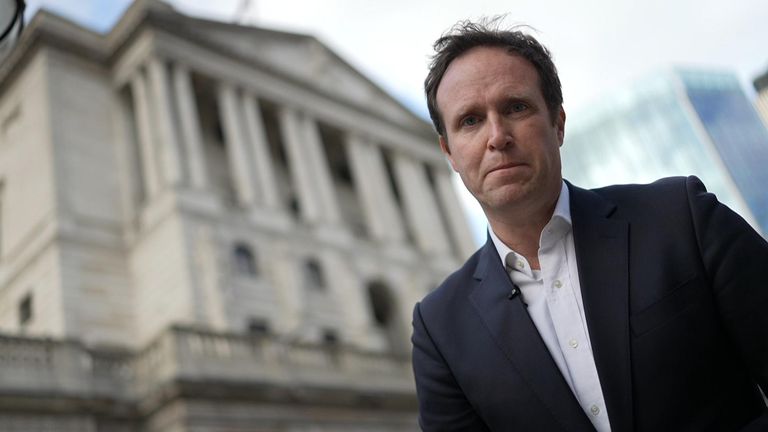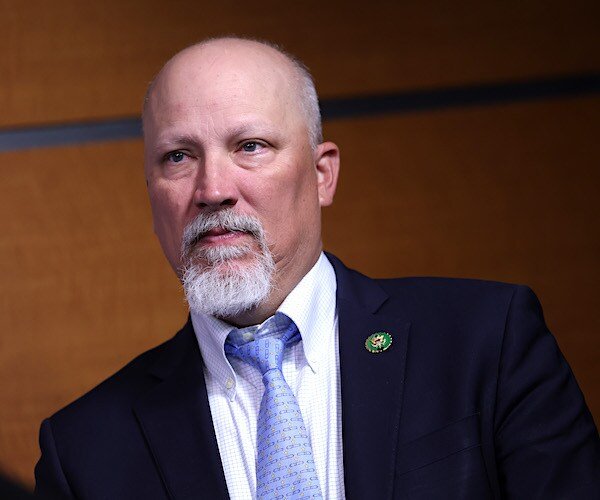US inflation falls to 6%, down from 6.4% in the year to January | Business News
Distressed Patriotic Flag Unisex T-Shirt - Celebrate Comfort and Country $11.29 USD Get it here>>

US inflation dropped to 6% over the 12 months to February, complicating the picture for interest rates as banks and stock markets feel the hit from the Silicon Valley Bank (SVB) collapse.
The US Bureau of Labor Statistics (BLS) said the consumer price index (CPI), the measure of inflation, was down from 6.4% in the year to January.
The announcement will be closely watched by the US central bank, known as the Fed, as it considers whether to increase interest rates.
Stubbornly high inflation will encourage further hikes but the fall of SVB and subsequently Signature Bank will give Fed officials pause for thought.
The Fed will decide whether to up rates again based on economic factors including inflation and labour market data, such a job vacancies and the unemployment rate.
Rates had been consistently hiked – and further rises were expected – in an effort to bring the rate of inflation to its 2% target.
But following the collapse of SVB, partly due to higher interest rates, markets now expect rate rises to slow at the Fed’s next announcement on 21 March.
SVB had a large amount of government bonds – state IOUs – on its balance sheet which collapsed in value over the past year as interest rates rose. At the same time, the bank had to pay higher rates on deposits.
Goldman Sachs, the global financial services company, said it now expects there to be no rate rise at all at the end of the month.
A number of other commentators agreed, or said the most they expected was a 25 basis point rise.
Dakota Wealth Fairfield’s Robert Pavlik said: “I think they’re going to probably be on hold because they’re worried about the issue of contagion and the precarious position that it puts the banks in with regards to their balance sheets.
“If the Fed’s worried about saving face or coming off as wishy washy or worried about losing credibility with the market, they’re going to raise by 25 basis points. I think that’s what they should do, but they probably won’t.”
Only last week, Fed chairman Jerome Powell had warned of further rate rises.
While high interest rates were one of the reasons SVB fell, interest rates are traditionally good for bank profitability.
Read more:
The social media-driven run on Silicon Valley Bank has repercussions on many fronts
Many of the UK’s largest retail banks have reported bumper profits as the Bank of England also upped its rates to tackle persistent double-digit inflation.
Those higher rates have allowed banks to have a wider gap between what they pay savers and what they charge. This gap is known as the net interest margin.
Banks including NatWest and Lloyds increased their net interest margins increased by 24% and 16% respectively while Barclays rose 13%.





